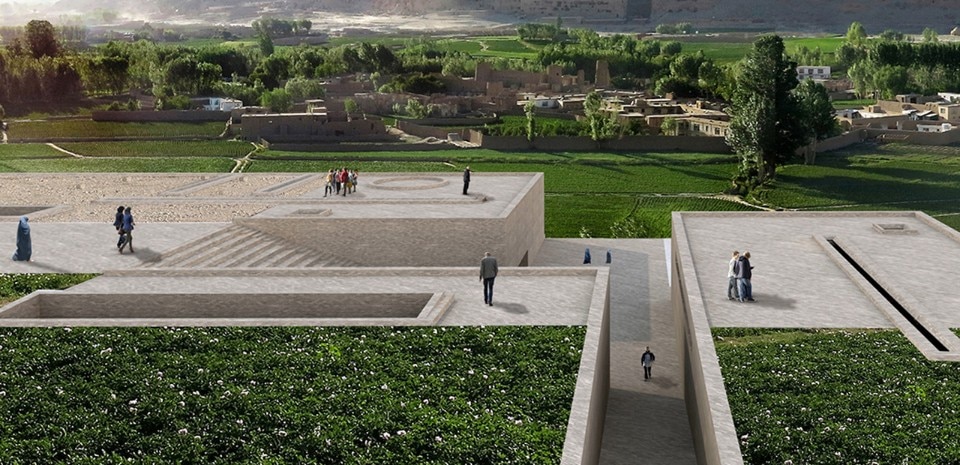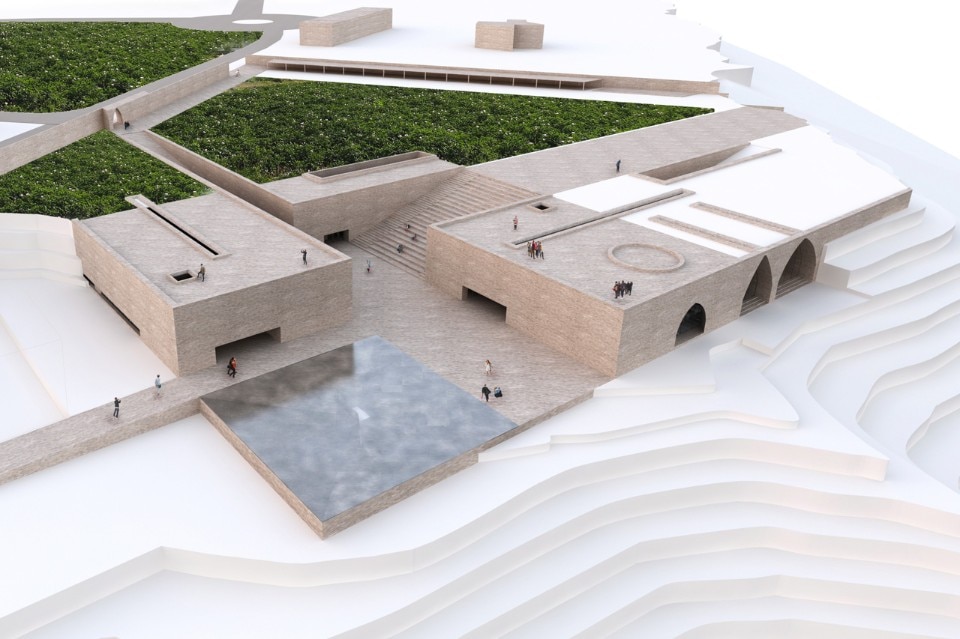
To this end, UNESCO and the Ministry of Information and Culture of Afghanistan, with the financial support of the Republic of Korea, launched in November 2014 an open international architectural design project to design the Bamiyan Cultural Centre, a cornerstone in efforts to preserve culture, promote research and build community around culture, in order to build cohesion in a fractured cultural context.
The Centre will be located near the boundary of the World Heritage property, the Cultural Landscape and Archaeological Remains of the Bamiyan Valley. The purpose of the project is to promote heritage safe-guarding and cross-cultural awareness, and thereby contribute to the broader aims of reconciliation, peace-building and economic development in the country.
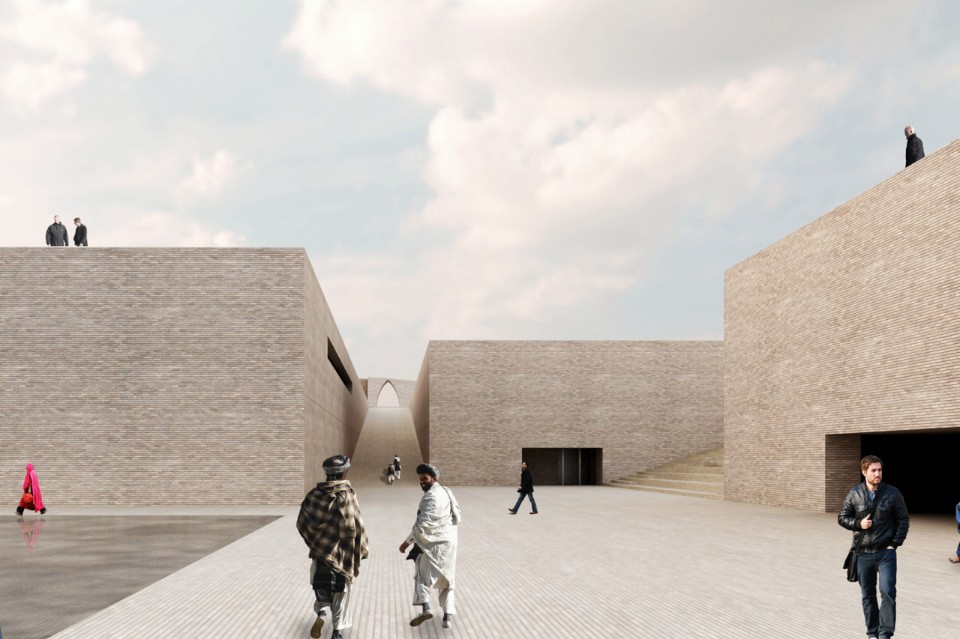
The winning project has been developed by an Argentina-based architecture team led by Carlos Nahuel Recabarren. The entry, entitled “Descriptive Memory: The Eternal Presence of Absence”, and four runner-ups were anonymously selected by an international jury of seven technical experts.
The design was endorsed by the Afghan President, H.E. Ashraf Ghani, who acknowledged UNESCO’s competitive selection process for the design of the new Bamiyan Cultural Centre, and voiced his dedication to protect Afghanistan’s cultural heritage. In this connection, the Afghan government will set up a major national culture program whose aim will be to value the country’s rich cultural diversity. The program will include a nationwide archaeological survey, a creative industries programs, and targeted activities to safeguard minority rights across the country.
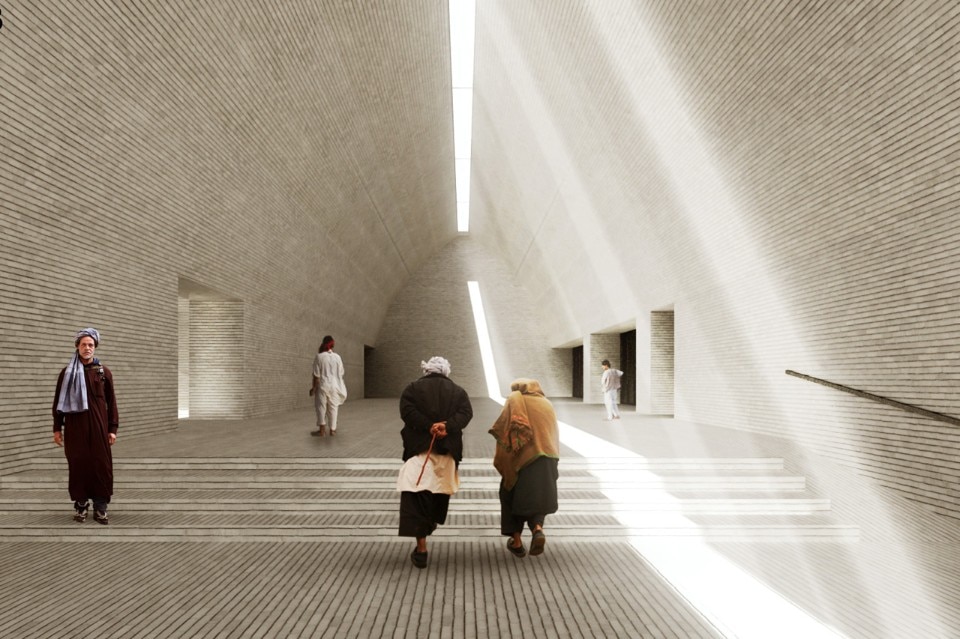
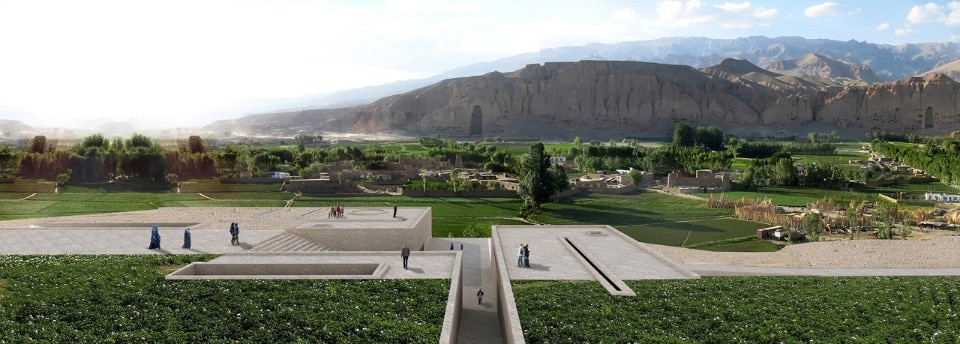
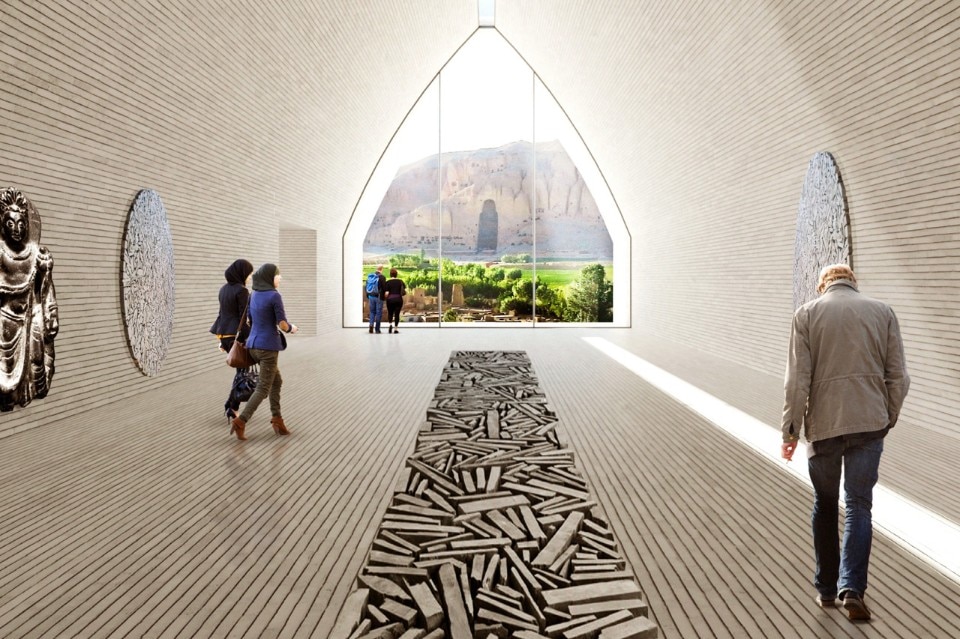
Bamiyan Cultural Centre, Bamiyan, Afghanistan
Architects: Carlos Nahuel Recabarren with Manuel Alberto Martínez Catalán and Franco Morero


